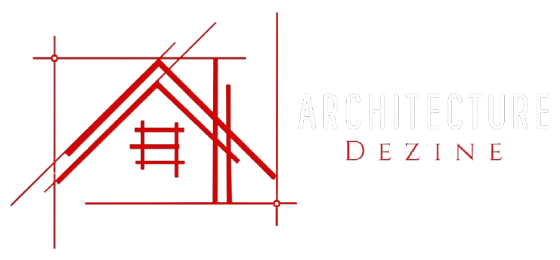When people think of architecture, they often imagine creativity and design. However, math in architecture is what truly turns imagination into reality. In fact, mathematics provides a logical foundation that supports every artistic vision. Moreover, it ensures that each design is not only beautiful but also functional and safe for long-term use. Therefore, the relationship between math and architecture is both essential and inseparable.
Indeed, math helps architects calculate proportions, dimensions, and structural stability with accuracy. As a result, they can transform simple sketches into solid, well-balanced, and visually appealing buildings. Additionally, geometry plays a major role in designing layouts, curves, and angles that define modern architecture. Consequently, even the most creative ideas become possible when guided by mathematical principles.
The Importance of Math in Architecture
Furthermore, math allows architects to predict how materials will behave under pressure and how loads will be distributed across the structure. Thus, every line drawn on paper translates into a durable, real-world structure. At Architecture Dezine, we strongly believe that math in architecture enhances a designer’s ability to create safe, efficient, and inspiring environments. Ultimately, this perfect combination of creativity and logic ensures that each project stands out in both form and function.
How Math Shapes Real-World Architectural Design
In real-world architectural projects, math influences every stage—from initial concept drawings to final construction. For example, architects use geometry to calculate perfect angles for natural light, algebra for cost estimations, and trigonometry for roof slopes and load distribution. Therefore, math in architecture not only ensures safety but also improves efficiency and sustainability in every project.
Why Math in Architecture Matters?
Structural Integrity
Every building must stand strong and safe. Architects use geometry, algebra, and basic physics to calculate load-bearing walls, beam strengths, and how forces like gravity and wind affect a structure.


Precise Measurements
Accuracy is everything in architectural plans. Even a few millimeters can make a huge difference in real construction. That’s why ratios, scaling, and dimensions are calculated carefully using math.
Cost Estimation and Budgeting
When designing a project, architects must also estimate material quantities and overall costs. This involves multiplication, percentages, and unit conversions, helping to keep the project within budget.
Design Symmetry and Proportions
Aesthetic beauty often relies on mathematical balance. Concepts like the golden ratio, symmetry, and spatial harmony are rooted in math and are used to enhance design appeal.
Do You Have to Be a Math Genius to Excel in Architecture?
Absolutely not. You don’t need to be a mathematician to become an architect. What you do need is a basic understanding of mathematical principles and the ability to apply them practically. Most architectural software and tools also assist with calculations.
Key Areas of Math in Architecture You’ll Use Daily
- Geometry: For shapes, forms, and spatial understanding
- Algebra: For solving construction-related formulas
- Trigonometry: For angles, slopes, and elevation drawings
- Arithmetic: For cost estimation, area, and volume
- Basic Physics: For understanding forces and materials
How Math Shapes Architectural Creativity
Math isn’t just about calculations — it’s the backbone of creativity in architecture. It helps designers craft complex forms like arches, domes, and curves while maintaining harmony and proportion. Many famous buildings, such as bridges and museums, are based on mathematical ratios that make them visually stunning and structurally sound.
How Students Can Improve Their Math Skills for Architecture
If you’re planning to study architecture, focus on building confidence in basic math concepts early. Practice geometry through sketching, explore real-world measurements, and use free online design tools. Understanding how numbers shape structures will give you a creative edge once you begin architectural training.
Final Thoughts
Architecture is a beautiful blend of art and science. Math is not a barrier—it’s a tool that empowers your creativity. At Architecture Dezine, we encourage aspiring architects to embrace math not as a challenge but as an ally in their design journey.
Remember: Great architecture isn’t just what you see—it’s also what holds it together.
Want to explore how design and innovation connect? Read our latest article on The Future of Interior Design
For more insights on architectural education and techniques, visit a trusted global resource for architects and designers.
Explore more ideas on our Interior Design Portfolio


